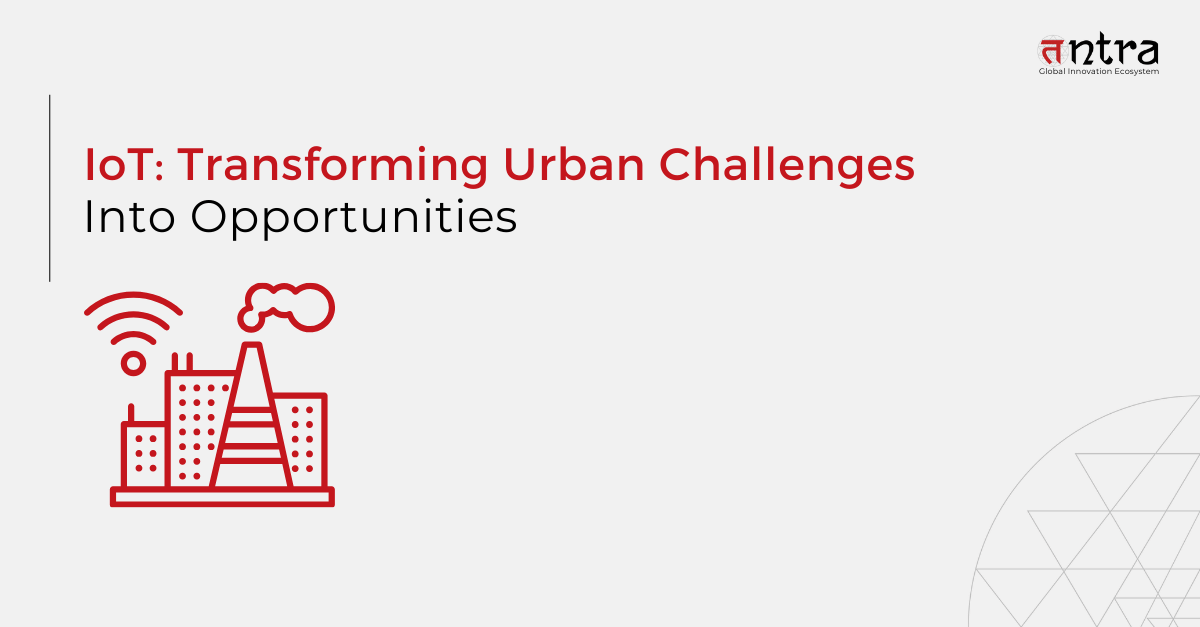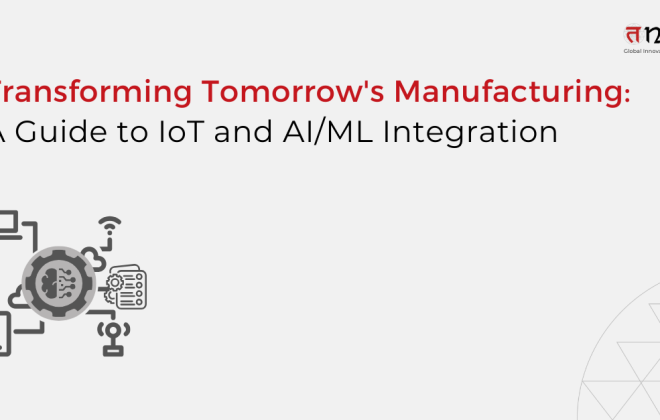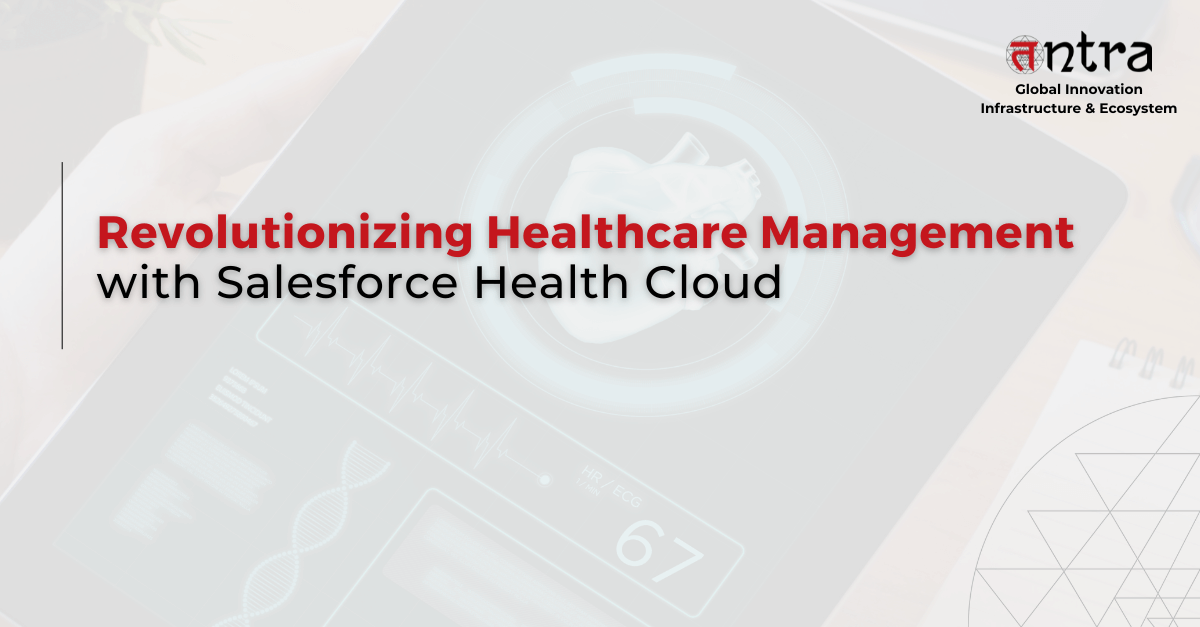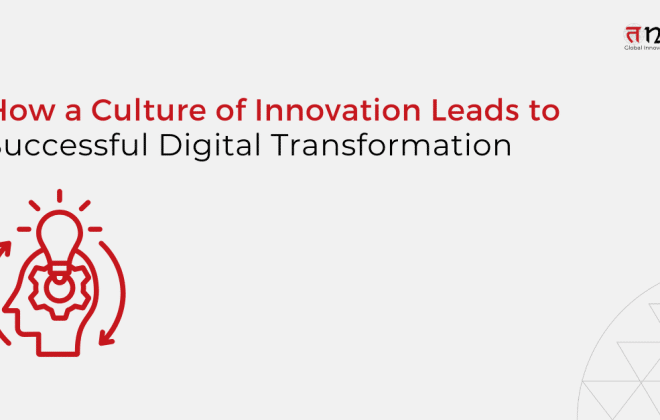
IoT: Transforming Urban Challenges into Opportunities
Table of Contents
ToggleBarcelona has adopted AI and IoT for smart cities to remotely sense and control park irrigation and water levels in public fountains in order to optimise the efficiency of the city’s parks. Park personnel can use sensors to track humidity and rain to calculate the appropriate amount of watering for each area. The required water is then remotely delivered throughout the city via an electrovalves system. The programme, which was put into place in 68% of public parks, assisted the city in increasing water conservation by 25%, resulting in annual savings of almost $555,000.
As populations rise, cities are burdened more and more. Urban environments are becoming smart cities as a result of the Internet of Things (IoT), which is becoming a potent instrument to address these issues. The smooth exchange of information between citizens, devices, and systems is essential to this shift. The vital framework for this communication is provided by IoT, allowing for data-driven choices that maximise resource management and service delivery. Cities that are more resilient, responsive, and sustainable—where people can really prosper—are the end outcome.
When combined, these systems form a “network of networks” that produces data that residents looking to learn more about their community and city agencies can use to enhance city operations. Sentilo is a platform created especially for the city of Barcelona that relays data from its integrated sensor network. It is now open source and can be utilized by other governments. Data is handled and shared with city employees and residents using this platform. The city created 44 kiosks to make it easier for citizens to access services, find information, and submit requests to the administration.
The city has already saved money and conserved precious water and energy thanks to these upgrades. According to Barcelona, IoT urban living devices have created 47,000 new jobs, raised parking revenue by $50 million annually, and helped save $58 million on water bills. The city claims to save an additional $37 million a year using smart lighting.
(Source: Datasmart)
The Ascent of IoT in Urban Living
The market for IoT in smart cities was valued at USD 110.56 billion in 2020 and is expected to expand at a compound annual growth rate (CAGR) of 23.3% from USD 134.47 billion in 2021 to USD 582.38 billion by 2028. The deployment of IoT solutions in smart cities will be fueled by the growing 5G technology infrastructure, which will accelerate market development.
By 2026, smart cities might bring over $20 trillion in economic gains. Smart City projects are being funded by businesses thanks to green stimulus packages and financial risk-reduction techniques that also provide the possibility of auxiliary revenue. Role of IoT in cities is increasing as a result of this.
How IoT is Improving Quality of Life in Urban Areas
There is a growing need for efficient and sustainable city living as more people relocate to metropolitan regions. Urban dwellers’ problems are increasingly being addressed by IoT for smart city development, which is turning these obstacles into opportunities.
Transforming cities with IoT is crucial to the development of smart cities because it offers a platform for smooth communication between individuals, systems, and gadgets. In order to manage city resources and services effectively and to make informed decisions based on real-time data, connectivity is necessary. Through the use of IoT applications in smart cities, they may enhance their responsiveness, resilience, and sustainability, ultimately elevating the standard of living for their populace.
Here’s how IoT is transforming the quality of life in urban regions:
- Connected Infrastructure
- Cities can use the Internet of Things (IoT) to outfit their infrastructure with sensors and other devices that gather data on the state of buildings, bridges, roads, and other assets. This information is utilized to optimize maintenance, monitor and avoid accidents, and improve city people’ safety.
- Monitoring the structural integrity of vital assets in real-time is one of the main benefits of integrating IoT into urban infrastructure. IoT sensors installed on bridges, for instance, can identify alterations in the structural integrity of the structure, such as vibrations or deformations, and relay this information to a central control system. Smart infrastructure with IoT reduces the possibility of accidents by enabling authorities to plan maintenance as needed and proactively address possible safety concerns.
- Better Transportation Management
- With intelligent transport systems by a software product engineering company, IoT transforms urban mobility. Real-time information on parking availability, public transportation, and traffic conditions is made possible via linked sensors, cameras, and GPS devices. With the use of this data, local government agencies may better control traffic, ease traffic, and enhance public transit.
- Cities’ transit networks can be made more efficient using the Internet of Things. The city can make better plans and guarantee that cars operate on time with the use of detailed sensor data. Better parking systems can also be developed by the city. For example, London installed a smart parking system that provides vehicles with a list of available parking spots nearby. The city lessened traffic by cutting down on the amount of cars searching for a place to park.
- Energy efficiency
- IoT technologies are used by smart cities to optimize energy utilization. Sensors lower costs and have a positive environmental impact by controlling climate control systems, lights, and other energy-consuming equipment.
- Building energy management is one of the main areas where IoT is having a big influence. For example, smart thermostats have the ability to automatically modify temperature and humidity levels in response to occupancy and outside factors. Similarly, natural light levels and occupancy patterns can be accommodated by smart lighting systems, meaning that lights are only turned on when necessary. In addition to lowering electricity costs for homes and businesses, these energy-efficient solutions also help to lower greenhouse gas emissions overall.
Final Thoughts
Urban living could be completely changed by IoT-powered smart city development since it can solve urban problems and make them into opportunities. IoT technology integration can make cities more livable, sustainable, and efficient, which will eventually improve the quality of life for those who live there. IoT smart cities can enhance public services, automate procedures, and gather and analyze data, among other advantages that can benefit citizens and local governments.
The potential applications of IoT smart cities are incredibly fascinating as technology develops further. A few of the trends and predictions that are expected to influence the development of smart cities in the future are increased connectivity, the integration of AI, the deployment of 5G networks, and citizen participation. Urban living as we know it could be completely changed by IoT for smart city development if the proper plans and programmes are put in place.
If you are looking for a trusted partner that can help you develop urban living solutions with IoT, connect with Tntra. As a software product engineering solutions provider, we have experience in creating trusted experiences for clients in India, Singapore, UAE, Japan, and the US.
Schedule a FREE CONSULTATION CALL today!





